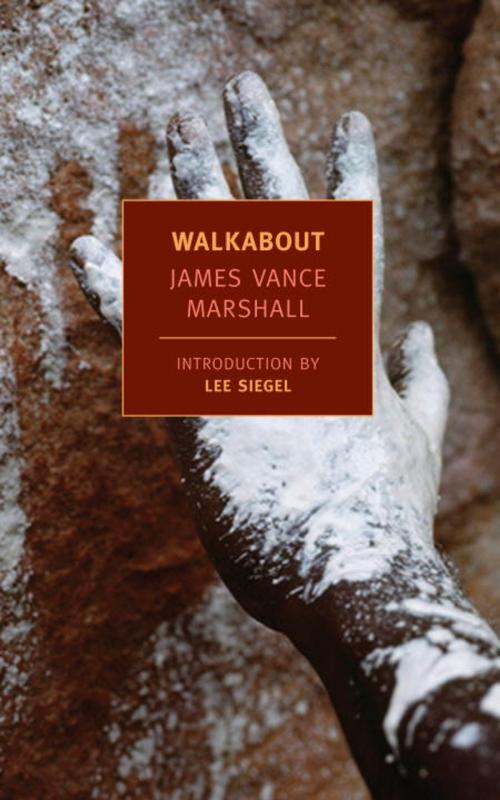| Author: | James Vance Marshall | ISBN: | 9781590175057 |
| Publisher: | New York Review Books | Publication: | January 17, 2012 |
| Imprint: | NYRB Classics | Language: | English |
| Author: | James Vance Marshall |
| ISBN: | 9781590175057 |
| Publisher: | New York Review Books |
| Publication: | January 17, 2012 |
| Imprint: | NYRB Classics |
| Language: | English |
A plane crashes in the vast Northern Territory of Australia, and the only survivors are two children from Charleston, South Carolina, on their way to visit their uncle in Adelaide. Mary and her younger brother, Peter, set out on foot, lost in the vast, hot Australian outback. They are saved by a chance meeting with an unnamed Aboriginal boy on walkabout. He looks after the two strange white children and shows them how to find food and water in the wilderness, and yet, for all that, Mary is filled with distrust.
On the surface Walkabout is an adventure story, but darker themes lie beneath. Peter’s innocent friendship with the boy met in the desert throws into relief Mary’s half-adult anxieties, and the book as a whole raises questions about what is lost—and may be saved—when different worlds meet. And in reading Marshall’s extraordinary evocations of the beautiful yet forbidding landscape of the Australian desert, perhaps the most striking presence of all in this small, perfect book, we realize that this tale—a deep yet disturbing story in the spirit of Adalbert Stifter’s Rock Crystal and Richard Hughes’s A High Wind in Jamaica—is also a reckoning with the mysteriously regenerative powers of death.
A plane crashes in the vast Northern Territory of Australia, and the only survivors are two children from Charleston, South Carolina, on their way to visit their uncle in Adelaide. Mary and her younger brother, Peter, set out on foot, lost in the vast, hot Australian outback. They are saved by a chance meeting with an unnamed Aboriginal boy on walkabout. He looks after the two strange white children and shows them how to find food and water in the wilderness, and yet, for all that, Mary is filled with distrust.
On the surface Walkabout is an adventure story, but darker themes lie beneath. Peter’s innocent friendship with the boy met in the desert throws into relief Mary’s half-adult anxieties, and the book as a whole raises questions about what is lost—and may be saved—when different worlds meet. And in reading Marshall’s extraordinary evocations of the beautiful yet forbidding landscape of the Australian desert, perhaps the most striking presence of all in this small, perfect book, we realize that this tale—a deep yet disturbing story in the spirit of Adalbert Stifter’s Rock Crystal and Richard Hughes’s A High Wind in Jamaica—is also a reckoning with the mysteriously regenerative powers of death.















